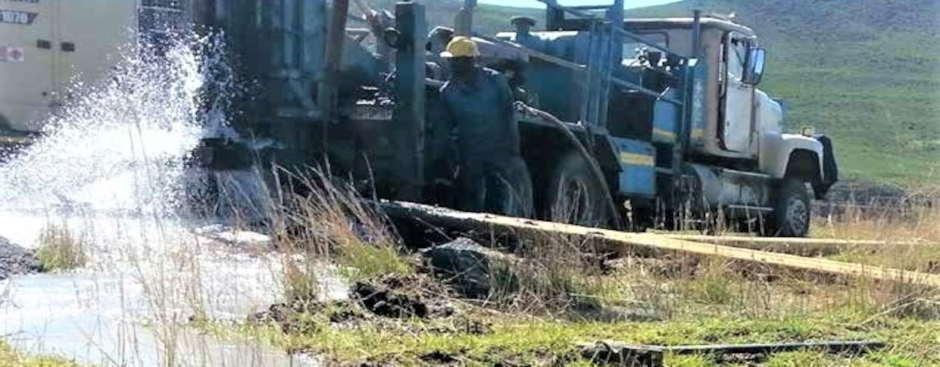The importance of groundwater supply has increased substantially over the past five years, as the impacts of global warming and associated droughts have been painfully felt across the country. Dams, rivers and other surface water resources have largely not been receiving the necessary recharge to sustain user demands.
In many municipalities where SRK is assisting with groundwater management interventions, we have seen a drop in groundwater levels in recent years. The declining water levels are not only as a result of drought conditions - there is also an ever-increasing demand on available water, and municipalities face considerable pressure to increase their pumping rates to satisfy the increasing water demand. This contributes significantly to reducing groundwater levels.
Monitoring boreholes
A first step in managing groundwater resources is to put systems in place to monitor water levels, ideally giving decision-makers real-time data that can be acted upon timeously. Telemetry technology, for instance, can be applied to groundwater management and monitoring, making it possible for town officials to control the pumps at all their production boreholes - and to do this from a single location. The municipality can therefore access data on each of its production boreholes by pressing a button.
"Water levels in boreholes are not a clear reflection of how much groundwater is available for abstraction."
In our experience of applying such systems, they prove invaluable by quickly delivering information on the water level in a borehole, as well as the pumping rate and total volume abstracted. Data can be sent wirelessly to a supervisory control and data acquisition system at the municipality, where it can be captured and stored. Officials can therefore see, in real time, which of the production boreholes are experiencing declining water levels, or are not pumping to their set capacity. Pumps can also be stopped and started from this central location.

